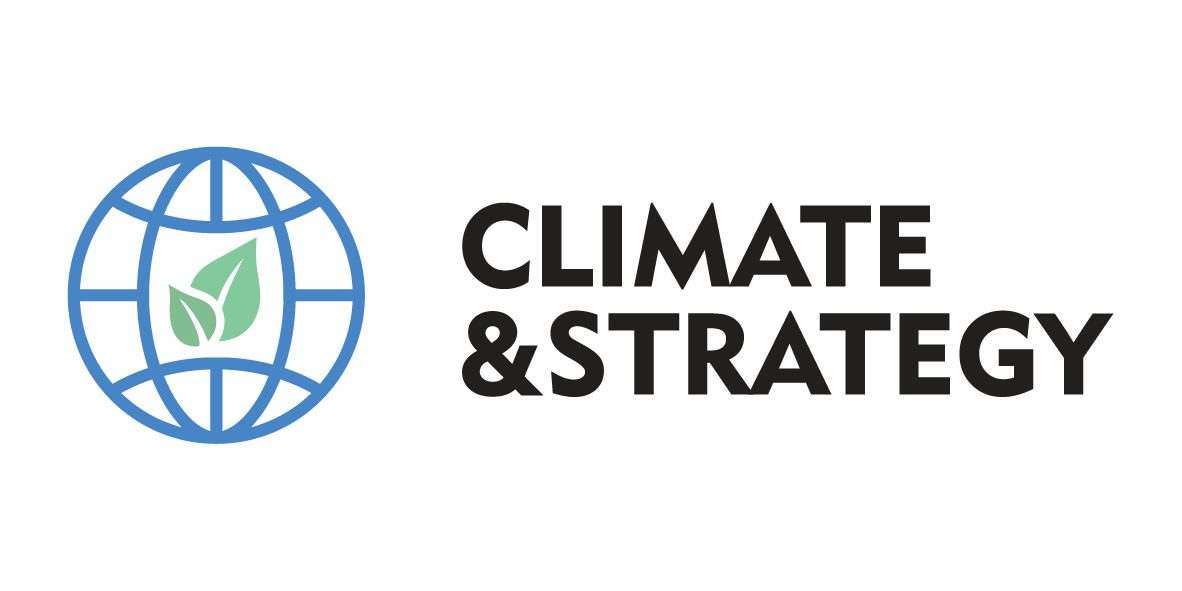Publication date: 31.07.2025
Buglo Play – a manufacturer of playgrounds and outdoor gyms selling to over 60 countries worldwide – approached us with a request to calculate the organization’s Scope 3 carbon footprint for 2024.
We began our collaboration by analyzing 15 Scope 3 categories and excluding 5 categories not applicable to Buglo’s operations. Next, we collected and verified the data we used to perform the calculations.
The total Scope 3 emissions amounted to 15,205.80 t CO2e. Category 1, which comprises emissions from purchased goods and services, including production materials such as steel, plastics, and wood, which Buglo uses to manufacture its playgrounds, had the largest share in the carbon footprint (91.7%). The remaining Scope 3 categories contributed relatively little to the total carbon footprint.

In order to improve the quality of the collected data and enable comparison of results in the future, we recommended Buglo to implement solutions leading to a high level of calculation accuracy.
Before commencing cooperation with our experts, the client independently calculated its Scope 1 and 2 greenhouse gas emissions using the carbon footprint calculator developed by our Foundation. This allowed the company to fully assess the environmental impact of its operations after obtaining its Scope 3 carbon footprint results.
During the course of our collaboration, we also conducted workshops for management and those involved in carbon footprint calculations. The training, aimed at increasing climate awareness and understanding the emissions calculation process, covered topics such as climate change, carbon footprint, decarbonization, and climate competitiveness.
The Climate&Strategy Foundation not only carried out the necessary calculations but also effectively transferred its knowledge to our team, enabling us to better understand the processes involved in carbon footprint calculation and to make more informed decisions in the future. As a result of our collaboration, we recalculated our Scope 3 carbon footprint, which now provides a solid foundation for further actions aimed at reducing CO₂ emissions within our company.
Wioleta Siudowska, Waste and Environmental Specialist, Buglo Play
Scope 3 emissions in the analyzed organization are primarily focused on purchased goods and services, which is typical for companies with a manufacturing business profile. Even at the initial calculation stage, based on the expenditure method, it’s clear that materials – especially steel – play a key role in the total carbon footprint. The expenditure method works well as a starting point, while further refinement of data quality, for example, by analyzing the mass and sources of raw materials, will enable more accurate reporting and better strategic decisions. It’s worth paying special attention to steel – its emissions stem from energy-intensive production processes, meaning that any optimization in this area (selection, quantity, source) translates directly into real and measurable environmental benefits.
Zofia Nawrocka, Junior Project Manager, Climate&Strategy Foundation

